Retro Replay Review
Gameplay
Myth II: Soulblighter places you squarely in the role of a battlefield commander, with no base-building or resource farming to distract you from the heart of the action. Each mission challenges you to deploy and maneuver a roster of dwarves, soldiers, berserkers, and sorcerers, leveraging unique abilities and battlefield positions to overcome waves of Soulblighter’s followers. The real-time tactics focus means every decision is critical: a reckless charge can decimate your units, while careful use of terrain and formation can turn the tide in your favor.
(HEY YOU!! We hope you enjoy! We try not to run ads. So basically, this is a very expensive hobby running this site. Please consider joining us for updates, forums, and more. Network w/ us to make some cash or friends while retro gaming, and you can win some free retro games for posting. Okay, carry on 👍)
The control scheme is intuitive yet deep, allowing you to issue group commands, draw patrol paths, or manually target enemy units with siege engines and spellcasters. Berserkers can be unleashed for devastating close‐quarters impact, while sorcerers cast powerful area‐of‐effect spells that can alter the flow of battle in a single moment. The interplay between unit types encourages thoughtful composition—combining sturdy dwarven shields up front with ranged archers or potent magical support can make the difference between victory and utter defeat.
A standout feature is the game’s physics‐driven combat, where projectiles have realistic trajectories and environmental hazards such as rivers or hills influence your tactics. Ambushes become a genuine threat when visibility is limited, and the AI foes react to flanking maneuvers or chokepoints. Multiplayer skirmishes add an extra layer of depth, letting you pit your strategies against human opponents over the internet or a local network, proving that Myth II remains as engaging in competitive play as it is in its storied campaign.
Graphics
Released in 1998, Myth II: Soulblighter utilizes a 3D engine with pre-rendered 2D sprites, offering a level of detail that still holds nostalgic charm. Unit animations are fluid, with dwarves hefting axes and sorcerers channeling spells in visually distinct ways. Terrain features—such as forests, hills, and water—are rendered with subtle shading that conveys elevation and depth, making it easy to plan ambushes or defensive stands.
While the visuals may feel dated compared to modern titles, the game’s design choices serve clarity and function over flashy effects. The user interface remains clean and unobtrusive, allowing players to zoom and rotate the camera smoothly without losing sight of critical battlefield information. Effects like fireballs exploding or catapults smashing into walls are accompanied by satisfying particle flourishes, enhancing immersion without overtaxing system resources.
Modding communities have also contributed improved textures and higher-resolution sprites that breathe new life into the game for contemporary setups. Combined with community patches that update compatibility and fix long-standing bugs, the graphics of Myth II continue to impress when viewed through the lens of dedicated preservation efforts, ensuring both newcomers and returning players can appreciate its visual presentation.
Story
The narrative of Myth II: Soulblighter picks up after the original game’s events, thrusting you into the heart of Madrigal’s darkest hour. Soulblighter, an ancient and malevolent sorcerer, returns with an army of undead and corrupted beasts, seeking to enslave the world. As commander of the resistance forces, you rally dwarves, soldiers, and mystics to reclaim strategic points, rescue civilians, and ultimately confront the embodiment of darkness itself.
Campaign missions are framed by atmospheric cutscenes rendered in the engine, underscored by a haunting orchestral soundtrack that elevates the stakes. Though dialogue is sparse, each briefing and in‐mission objective conveys an underlying sense of urgency and desperation, driving players to adapt quickly to Soulblighter’s relentless offensives. The minimalism in storytelling lets the battlefield speak for itself—every fallen unit feels personal, every victory resonates with the hope of turning the tide.
Myth II’s lore is expanded through optional in‐game codex entries and mission debriefs, offering deeper insights into the history of Madrigal and its inhabitants. For fans of high fantasy, the interplay between dwarven resilience, human valor, and arcane power provides a rich tapestry that rewards exploration outside the main objectives. This dedication to world-building ensures that saving Madrigal feels less like ticking off a mission list and more like securing the future of an entire realm.
Overall Experience
Myth II: Soulblighter remains a benchmark in real‐time tactics, delivering a challenging yet rewarding experience that emphasizes strategy over spectacle. The campaign’s difficulty curve is steep but fair, encouraging experimentation with different unit compositions and tactical approaches. Whether defending narrow passes or leading a full‐scale assault on enemy fortresses, the game consistently tests your ability to adapt and think several moves ahead.
Replay value is bolstered by varied mission objectives—stealth infiltrations, timed rescues, all‐out sieges—and a robust multiplayer mode that keeps skirmishes fresh. Community support has flourished over decades, with patches and fan‐made scenarios extending the game’s lifespan far beyond its original release. This thriving ecosystem offers newcomers a smoother entry point and veterans new challenges to master.
For potential buyers, Myth II: Soulblighter represents both a piece of gaming history and a timeless tactical classic. Its unique blend of gritty combat realism, atmospheric presentation, and deep strategic systems creates an experience that can be as punishing as it is exhilarating. If you’re seeking a game that rewards meticulous planning, swift command execution, and an appreciation for rich lore, then rallying your forces against Soulblighter’s dark legions is an adventure well worth undertaking.
 Retro Replay Retro Replay gaming reviews, news, emulation, geek stuff and more!
Retro Replay Retro Replay gaming reviews, news, emulation, geek stuff and more!
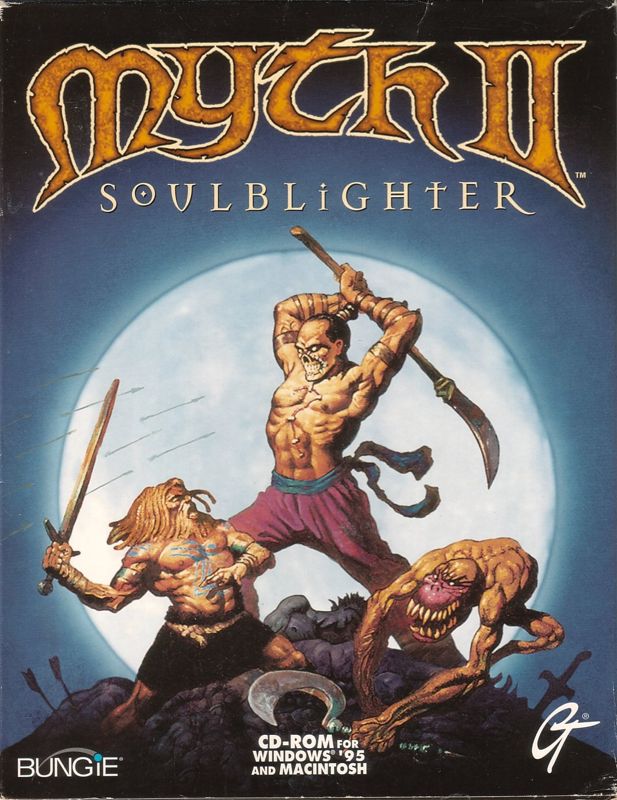
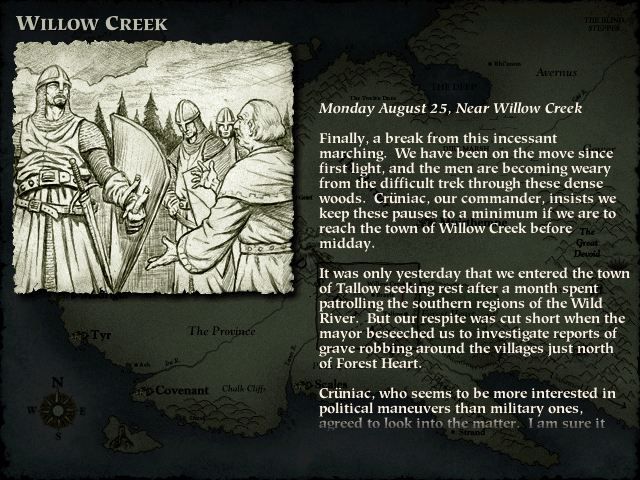
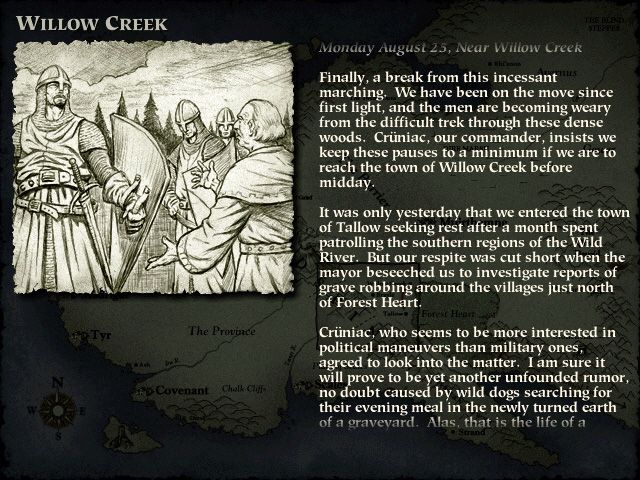
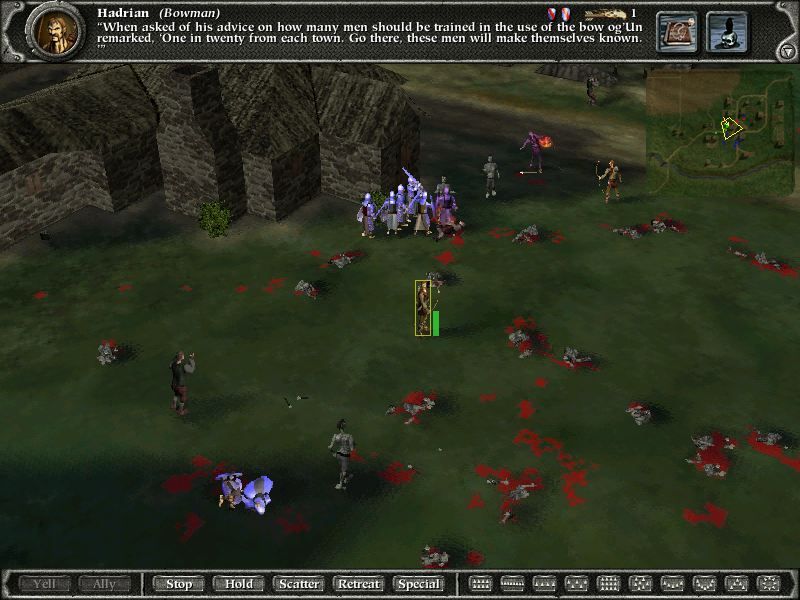
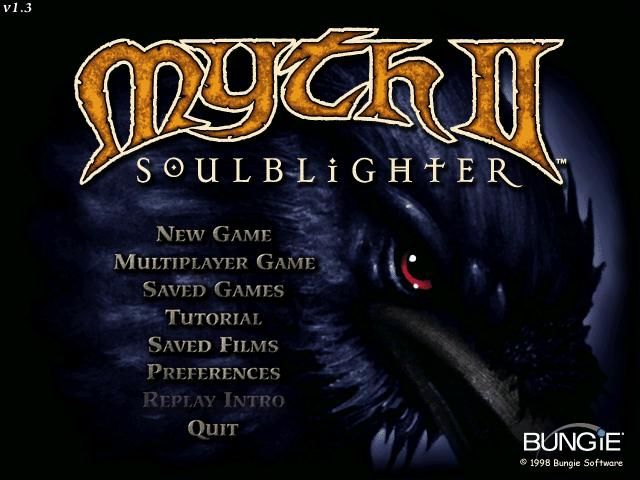
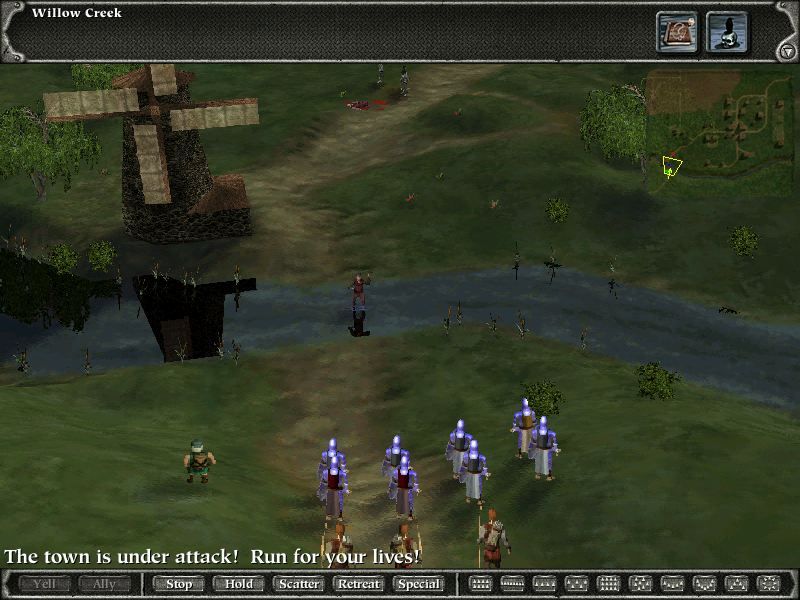
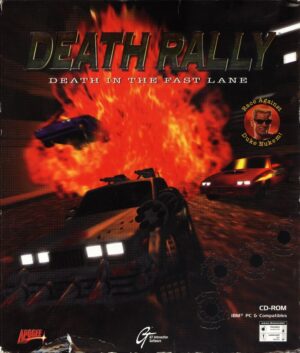


Reviews
There are no reviews yet.